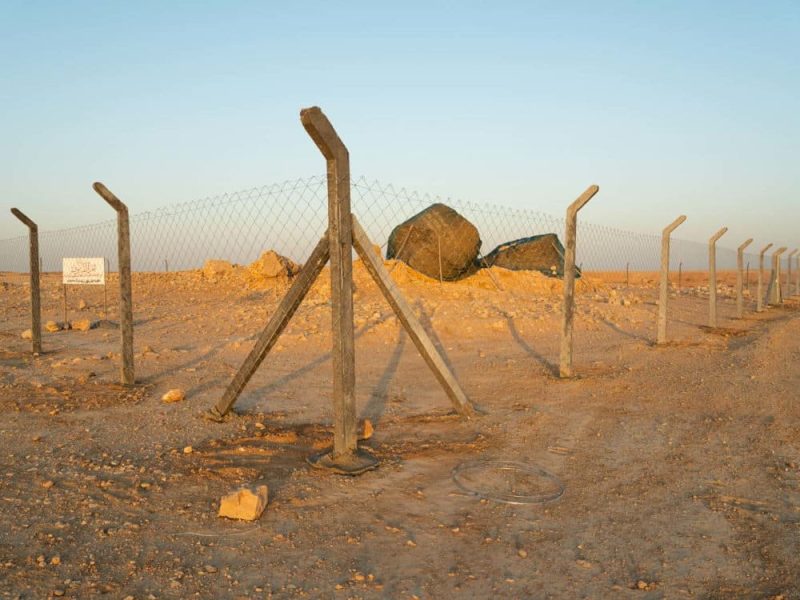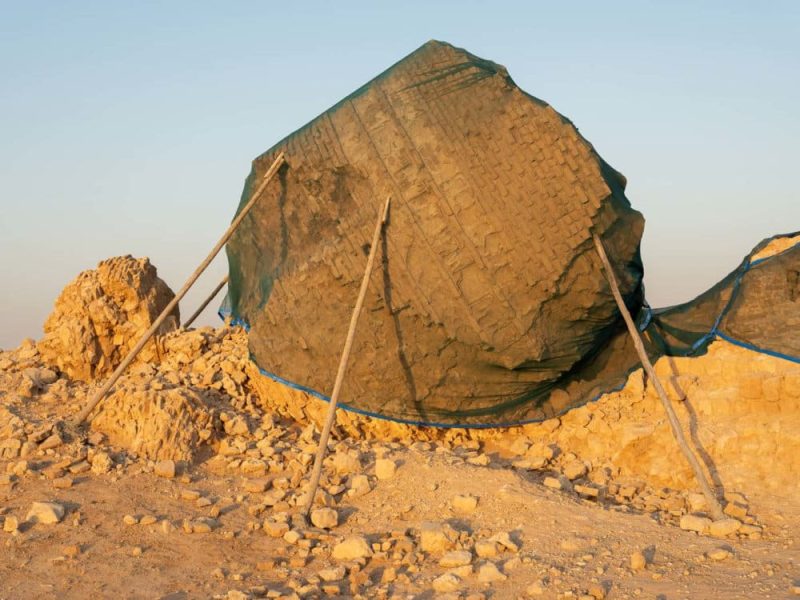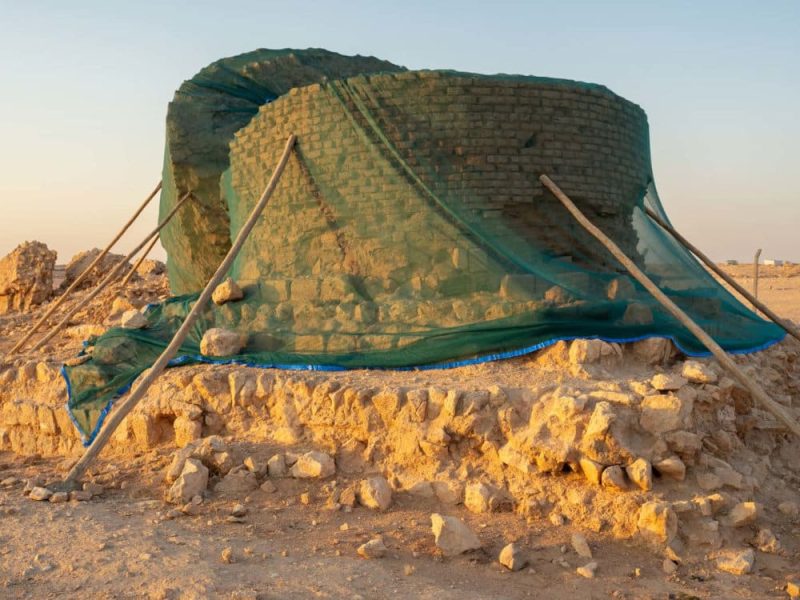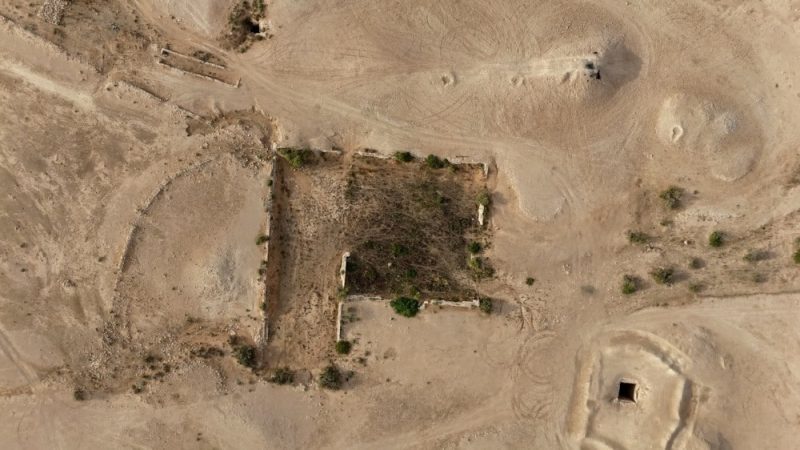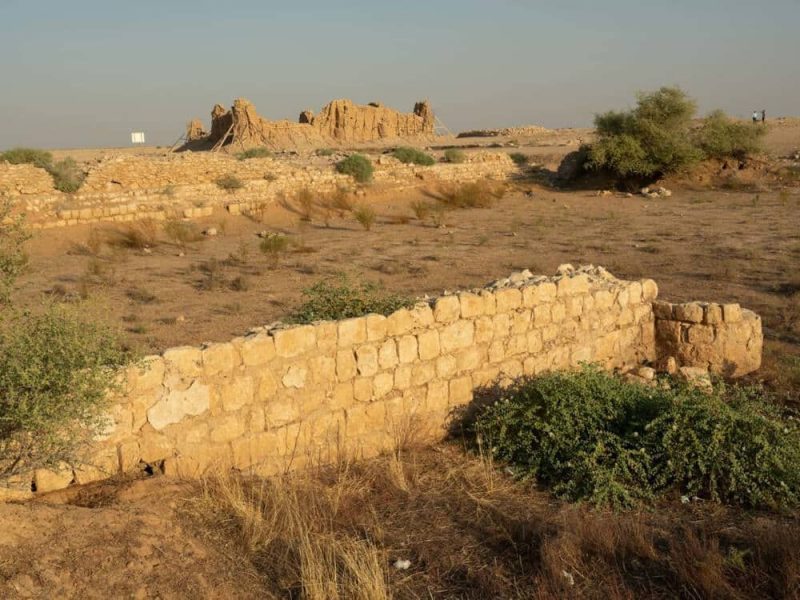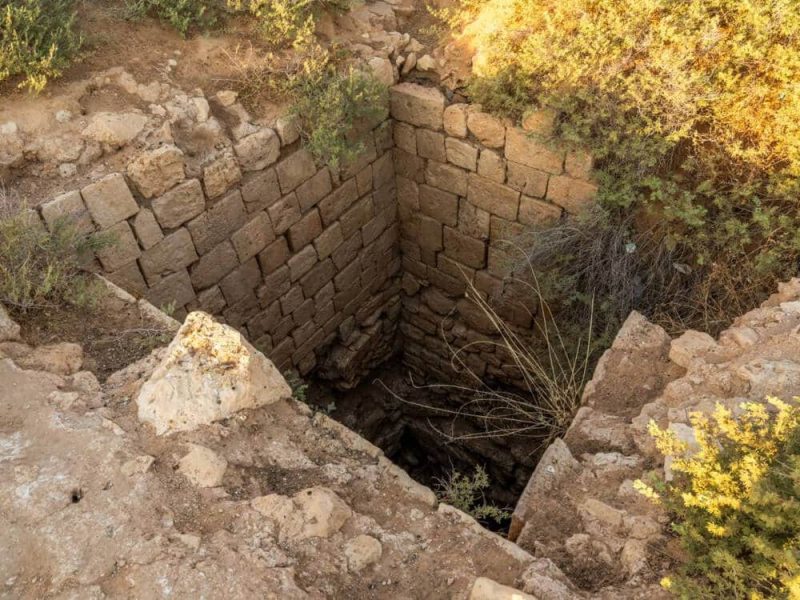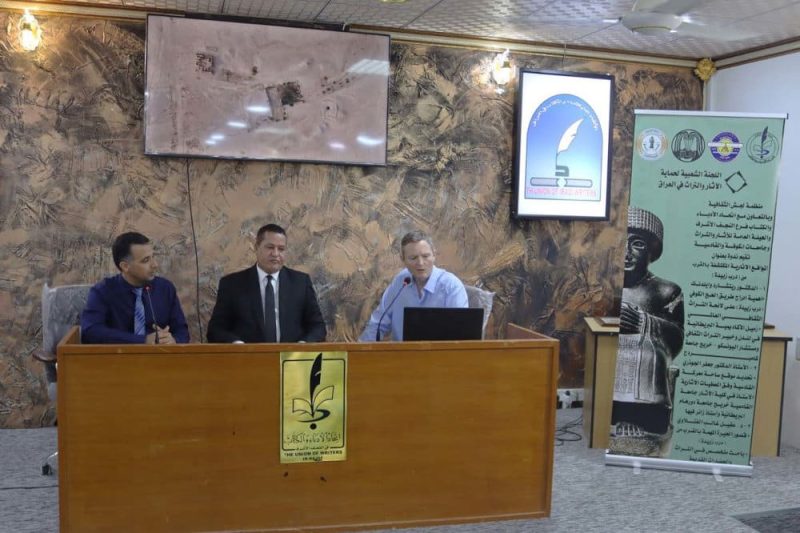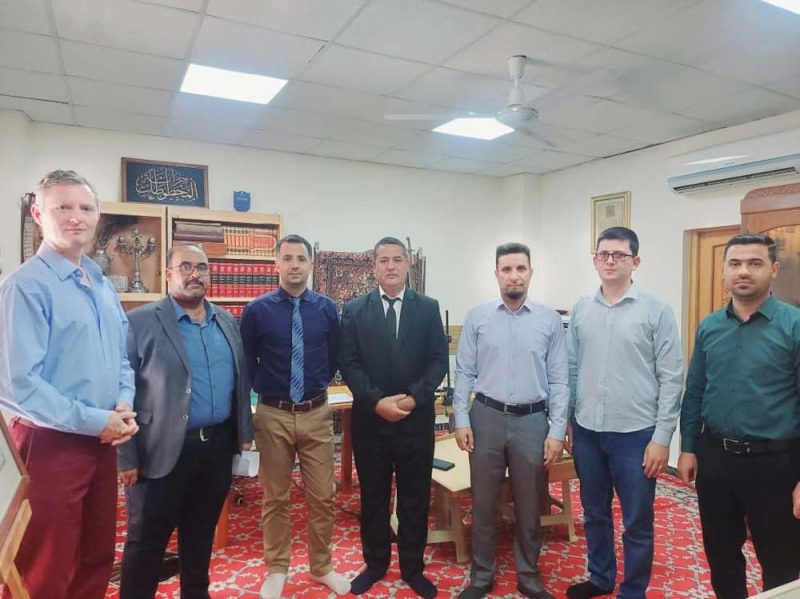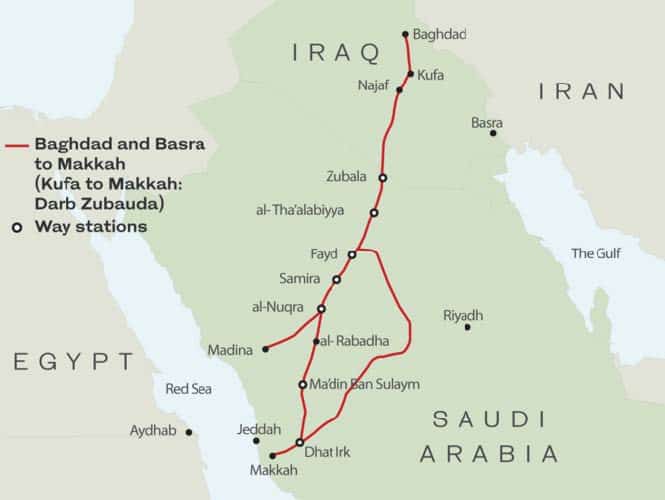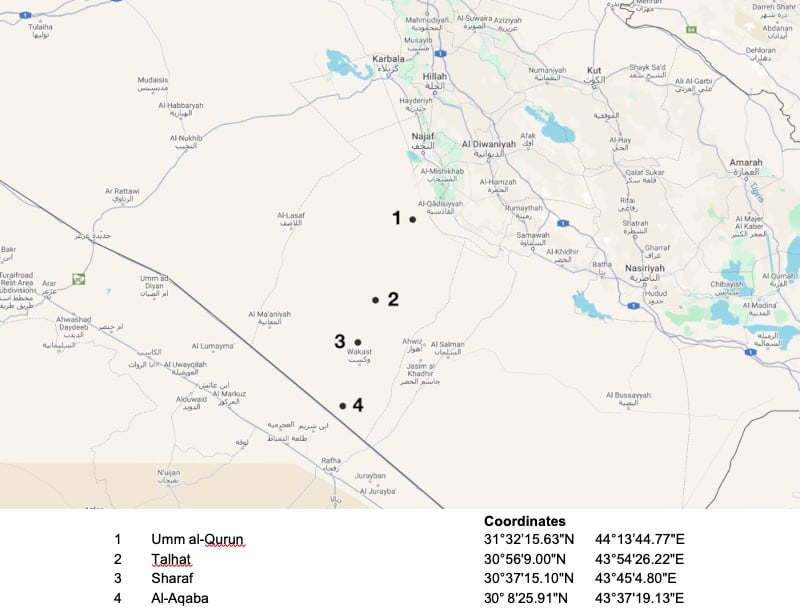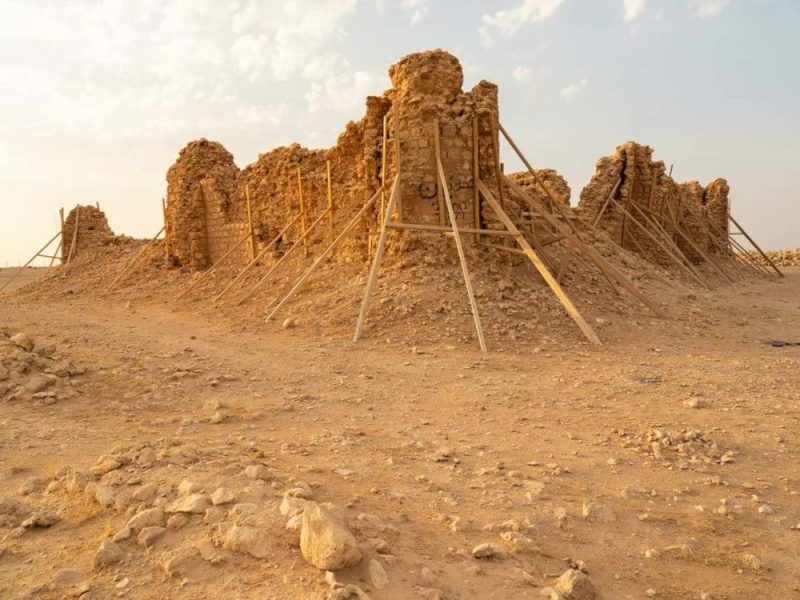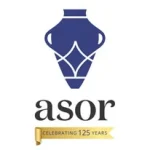
2024 Shepard Urgent Action Grant: The Rest-stop and Minara of Umm Al-Qurun on the Darb Zubaydah
Rajwan Al-Maiyali (University of Al-Qadisiyah), Richard Wilding (Eye on Heritage)
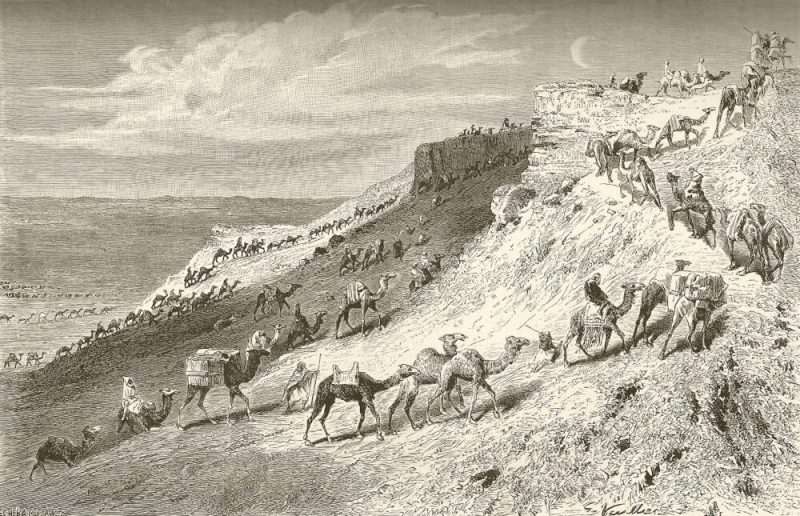
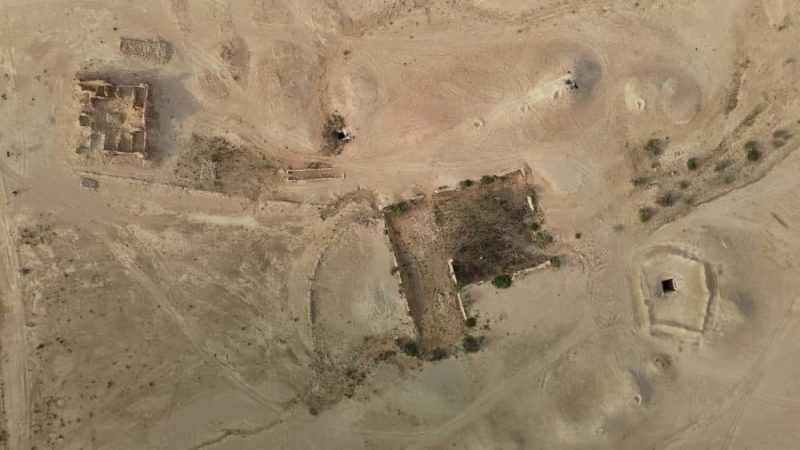
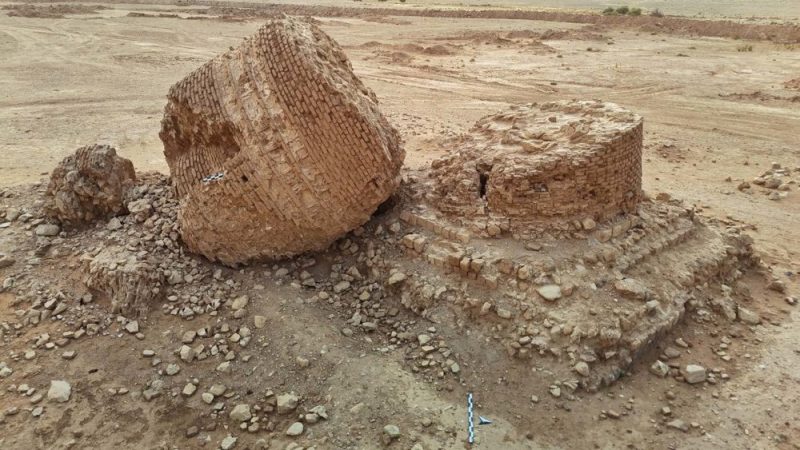
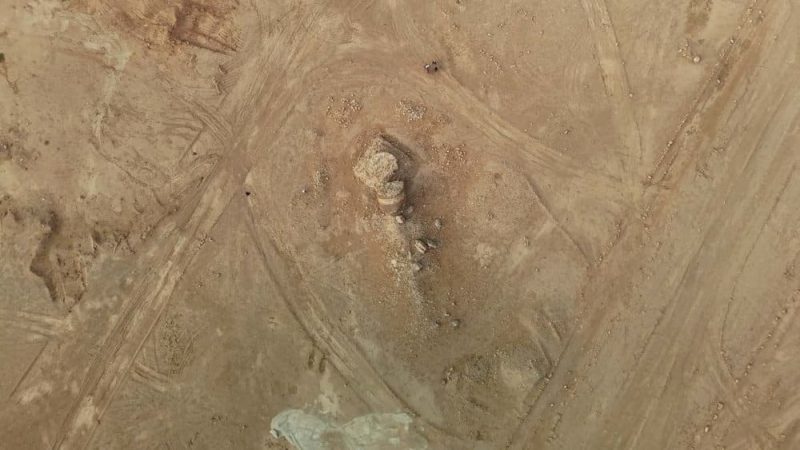
Project Outcomes
Funding from ASOR has allowed the project team led by Rajwan Al-Maiyali from the University of Al-Qadisiyah and heritage consultant and photographer Richard Wilding to complete the following measures:
-
- Emergency protection measures around the manara including the erection of a protective fence and covering of the manara
- Documentation through photography and drone filming of all structures at Umm Al- Qurun in their current state of preservation.
- Community engagement with local stakeholders to increase awareness of the site’s importance and need for greater protection
